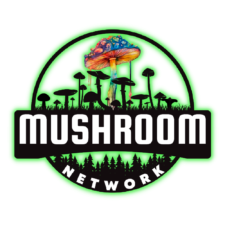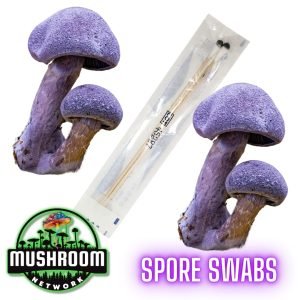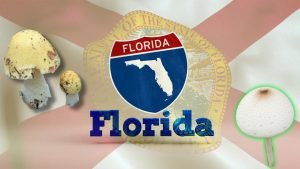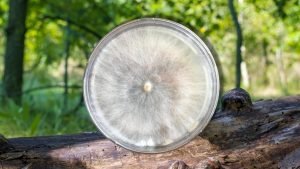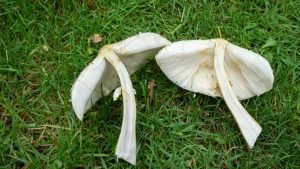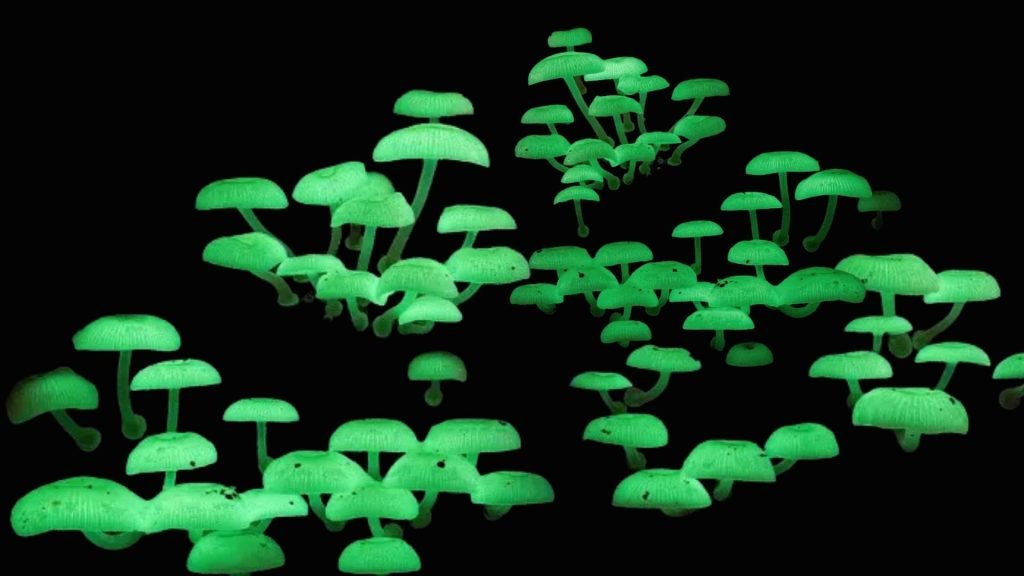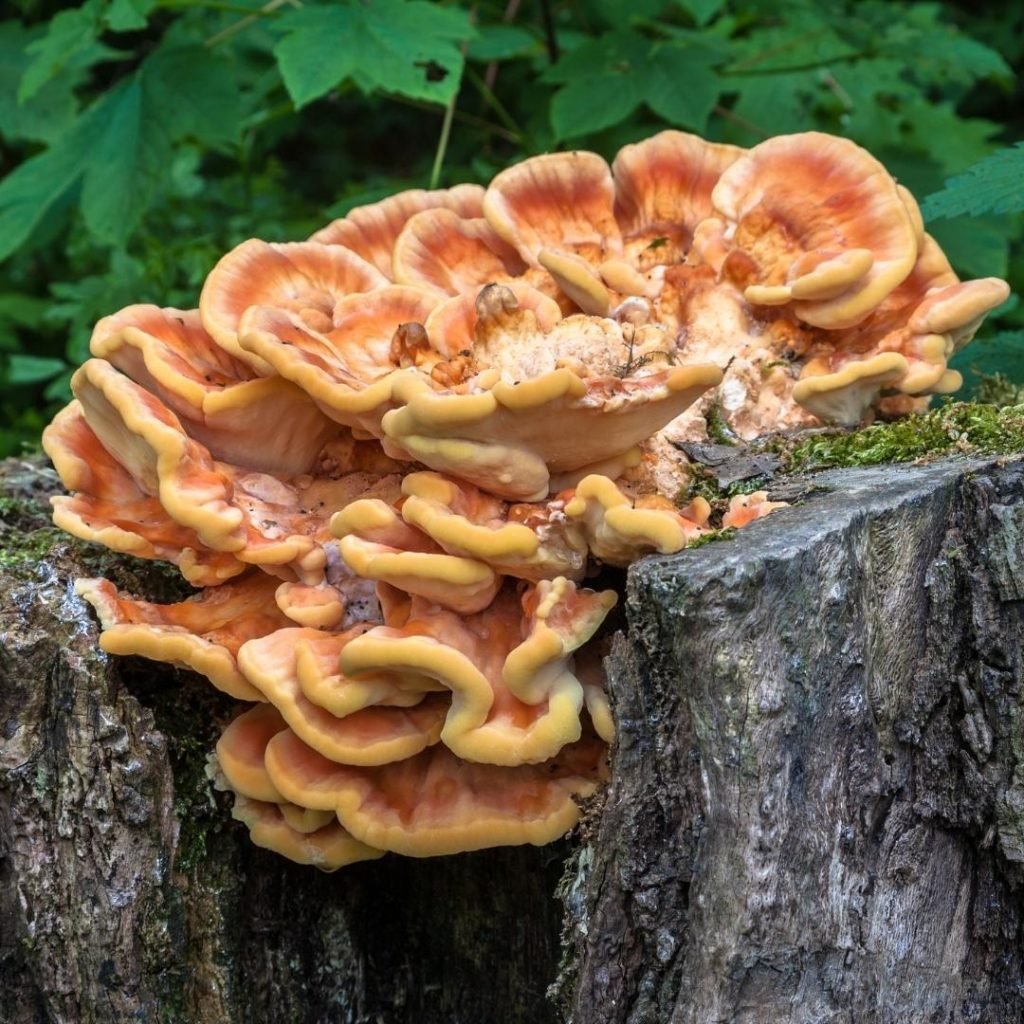Mushroom foraging is an age-old practice combining the thrill of the hunt with the reward of a culinary delight. This ancient art, while seemingly simple, requires an understanding of the environment, seasonality, and most importantly, mushroom identification. This comprehensive guide to mastering the art of mushroom foraging will ensure you’re well-equipped for your next fungal foray.
The Exciting World of Mushroom Foraging:
For many, mushroom foraging is more than a hobby; it’s a celebration of nature, a physical and intellectual pursuit, and a pathway to culinary adventures. The world of wild mushrooms is vast and varied, ranging from edible and medicinal varieties to toxic and hallucinogenic ones. The ability to accurately identify and safely harvest wild mushrooms is a skill honed through knowledge, experience, and respect for the environment.
The thrill of the foray isn’t merely about finding edible fungi. It’s about immersing oneself in the forest’s tranquility, learning about various ecosystems, and observing the intricate symbiotic relationships that make these environments so incredibly biodiverse.
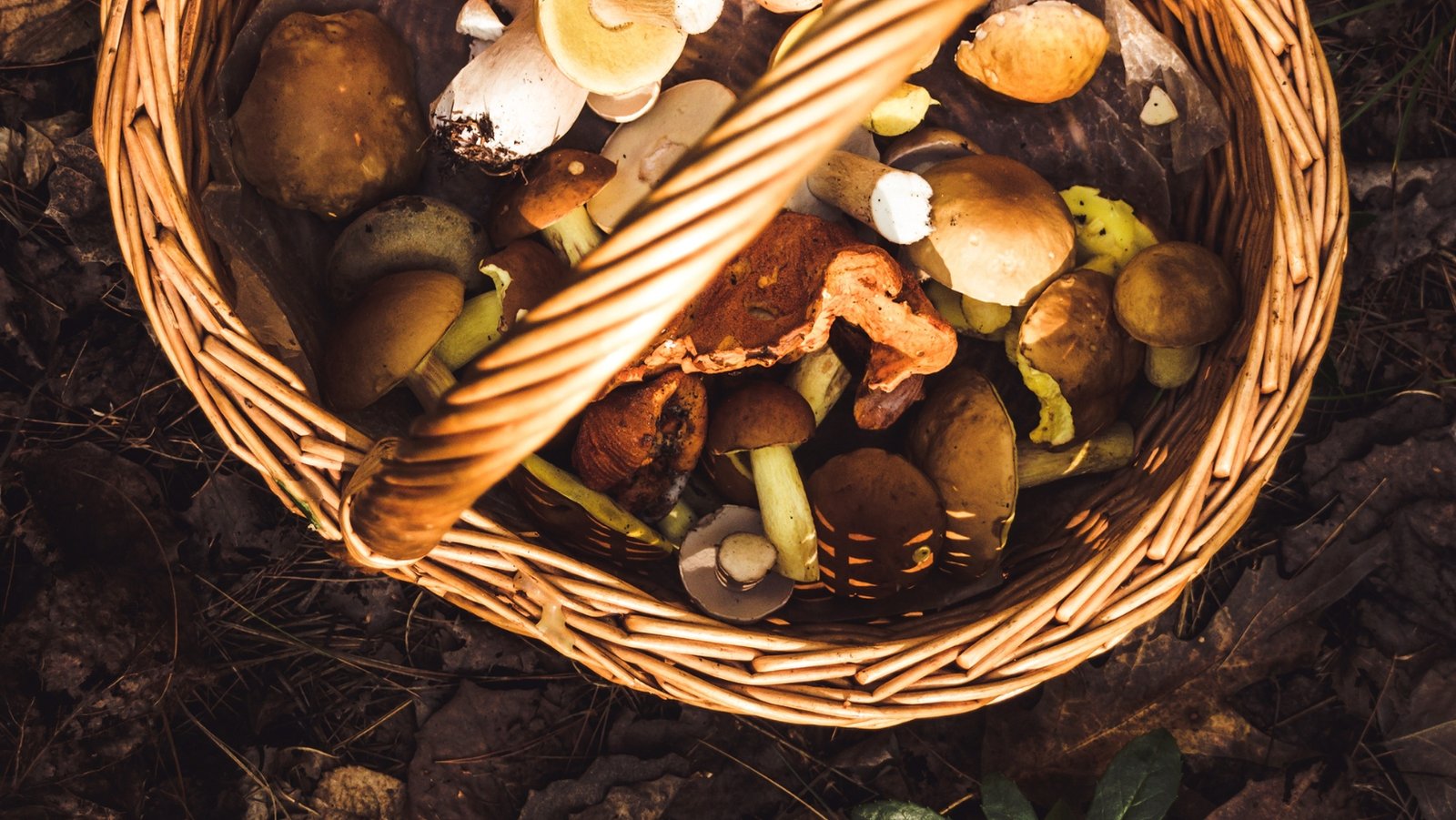
Getting Started – Essentials for the Foray:
The first step to becoming a proficient forager is equipping yourself with the necessary tools and knowledge. The essentials for a foray include a basket or bag for collecting, a small knife for harvesting, and a field guide for identification. A GPS or compass can also be useful for navigating unfamiliar terrain.
Before embarking on a foray, familiarize yourself with the types of mushrooms commonly found in your area. Understand their preferred habitats, growth patterns, and seasonality. Remember that mushrooms are the fruiting bodies of larger, often vast, underground mycelial networks. They appear when the conditions are just right—usually following rainfall when the temperature and humidity meet the mushroom’s needs.
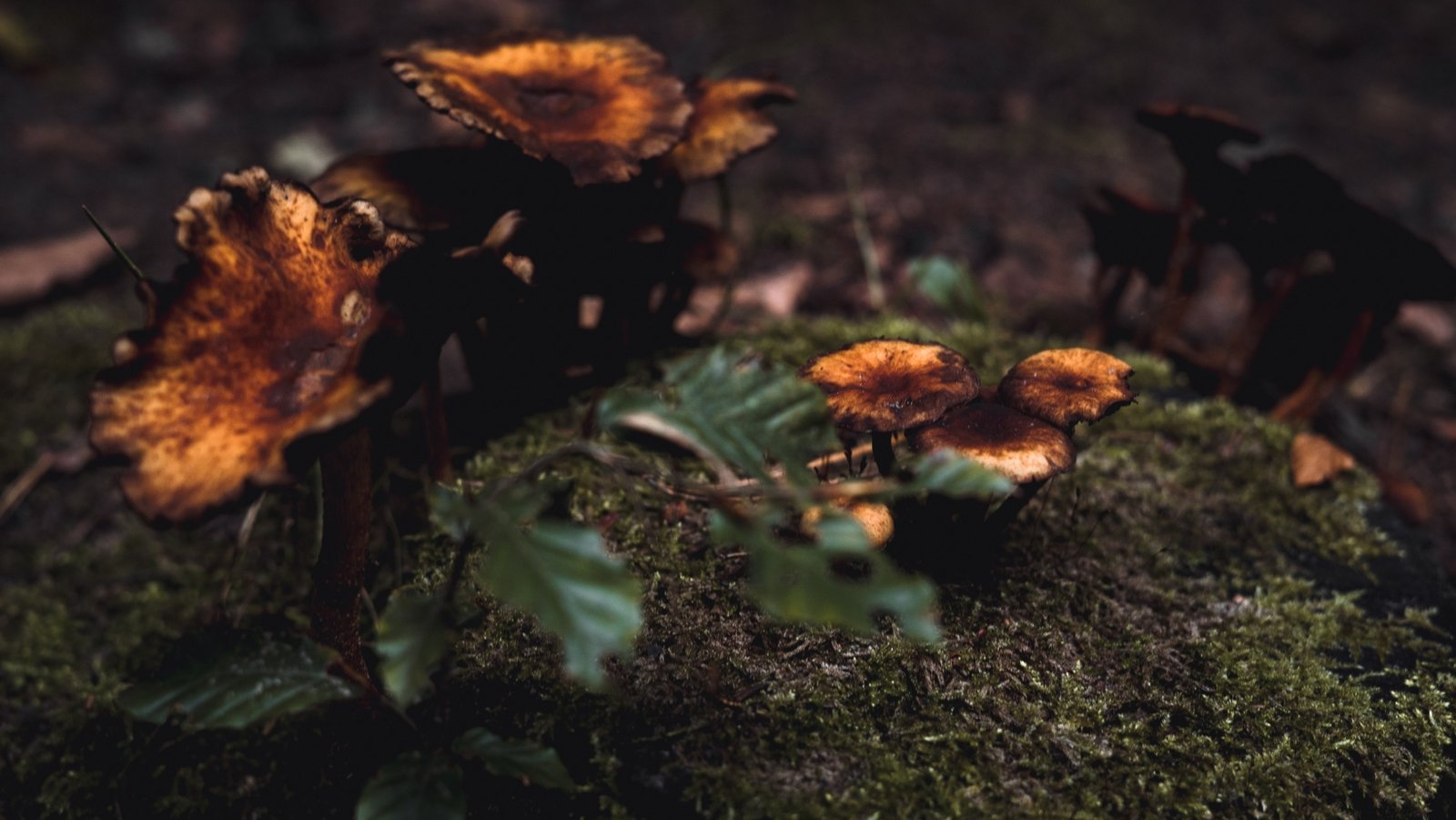
Mushroom Identification – The Key to Safe Foraging:
Identification is paramount in mushroom foraging, where the adage “When in doubt, throw it out” is a lifesaving rule to follow. Many edible mushrooms have toxic look-alikes, so absolute certainty in identification is essential. Beginners should start with easily identifiable species with few dangerous look-alikes, such as morels, chicken of the woods, or giant puffballs.
Using a field guide or a trusted app can assist in identification. Look for key features like the cap shape, gill structure, spore print color, and any distinctive smells or tastes. As you become more experienced, you’ll begin to recognize species at a glance. However, even experts double-check when they’re unsure.
The universe of mushrooms is expansive, each variant bearing its own unique charm and characteristics. The Marketplace on the 🍄 Mushroom Network is a testament to this diversity. It is a haven for those seeking a deeper understanding of the magical world of mushrooms. If you’re keen on learning more about this type of mushroom and other mushroom variants, this Marketplace is your ultimate resource.
Ethics of Foraging – Treading Lightly:
While the thrill of the hunt and the joy of discovery are central to foraging, it’s equally important to consider the ethical aspects. Mushrooms play a vital role in the ecosystem, helping decompose organic matter and forming symbiotic relationships with trees.
When foraging, only take what you will use and leave some behind to complete their lifecycle. Harvesting mushrooms responsibly means causing minimal disturbance to the environment. Use a knife to cut the mushroom at the base, leaving the underground mycelium intact.
Be aware of local regulations regarding foraging, as some areas may have restrictions or may be protected habitats.
Not sure where to start? The 🍄 Mushroom Academy offers a wide range of courses tailored to your needs. Whether you’re a beginner eager to learn or an experienced mycologist looking to broaden your knowledge, the 🍄 Academy has something for everyone.
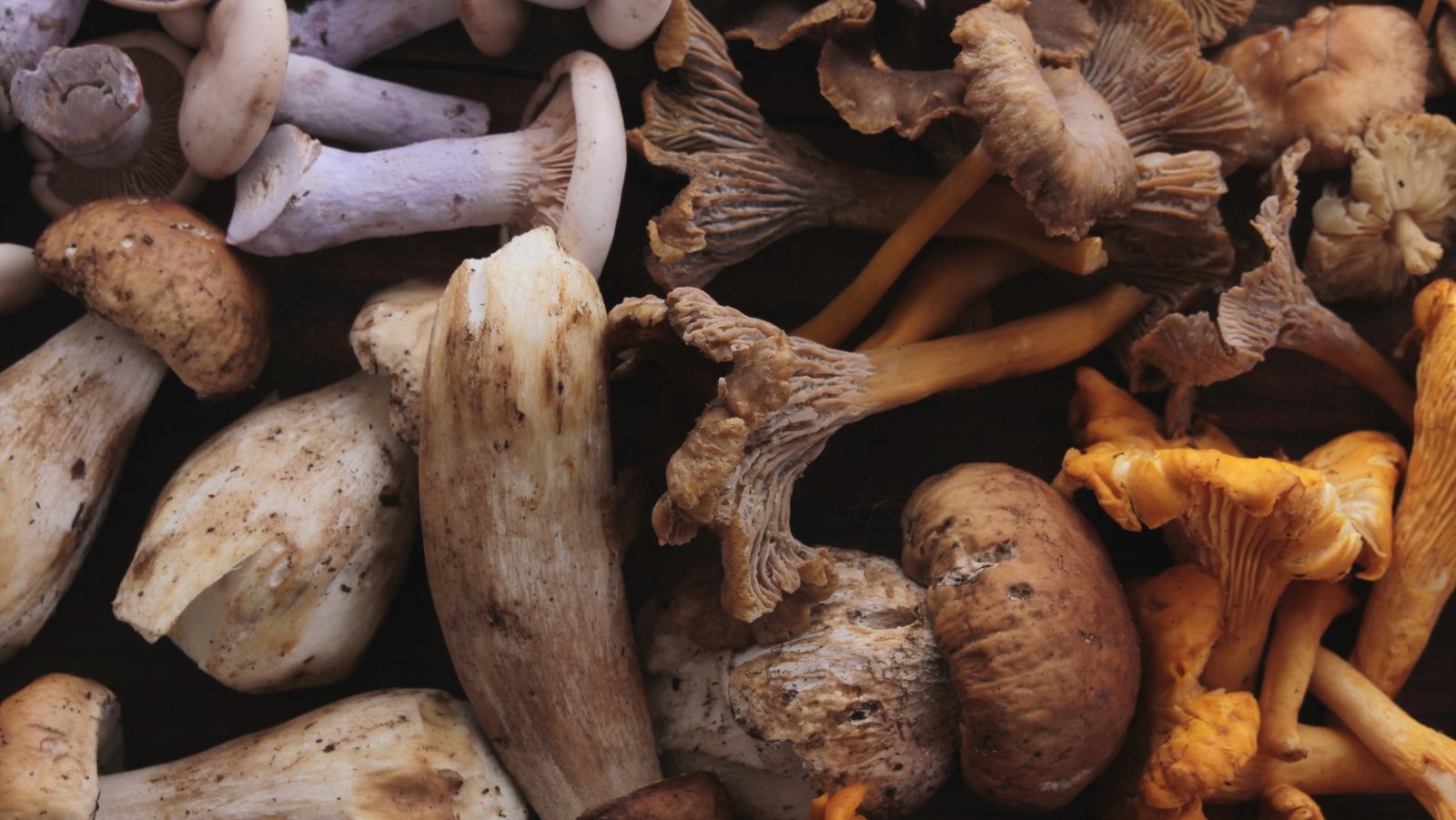
Spore Print to Plate: The Mushroom Foraging Finale:
From the moment a mushroom is spotted among the leaf litter to the final savoring of a wild-foraged meal, the art of mushroom foraging is a journey like no other. It is an engagement with nature that rewards not only with culinary delights but also with a deeper understanding and appreciation of the intricacies of the world beneath our feet.
Recommended Reads:
Florida’s Toxic Beware: Mushrooms to Avoid
About This Article: Florida’s beauty hides a toxic secret! 🍄 Dive into our guide on...
Read More...Magic Truffles: Psychedelic Gems of the Underground
Truffles have a hidden facet beyond their culinary uses. Certain species, often referred to as...
Read More...Accelerating Mycelial Colonization: Techniques and Innovations for Enhanced Growth
Mycelium, the vegetative part of the mushroom, has a vital role to play in the...
Read More...Green But Not Gold: The Deceptive Beauty of Chlorophyllum Molybdites
About This Article: Ready to meet the Shrek of the mushroom kingdom? Dive into our...
Read More...Whoa there, Spore Sport! 🍄 Looks like you’re not logged in yet. Don’t you know what you’re missing? MYCO-CREDITS! Imagine all the fungal fun you could have. It’s like finding a Morel in May and not picking it. Tragic, right? Log In or Become a Myco-Patron and start racking up those credits. It’s more rewarding than finding a mushroom in your backyard! 🌟🏡
